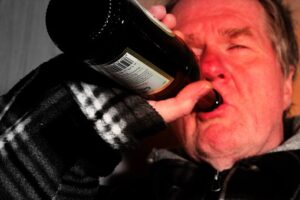Yesterday, Jim Bacon wrote about “the unmeasured consequences of society’s reaction to the COVID-19 epidemic.” The RAND Corporation COVID-19 Update on October 8, 2020 provided a reference to a longitudinal survey that examined one of those consequences — alcohol usage.
JAMA Network Open published a Research Letter, “Changes in Adult Alcohol Use and Consequences during the COVID-19 Pandemic in the US” by Michael S. Pollard, PhD and Joan S. Tucker, PhD, RAND Corporation, Santa Monica, California; and Harold Green, Jr. PhD, Indiana University School of Public Health, Bloomington, Indiana.
The survey study data, collected from May 28 to June 16, 2020, found the frequency of alcohol consumption overall increased 14% over a baseline survey from April 29 to June 9, 2019.
Heavy drinking was defined as five or more drinks for men and four or more for women within a couple of hours. For women in the study, the increase was 17% and “the Short Inventory of Problems scale” showed a 39% increase, “which is indicative of increased alcohol-related problems independent of consumption for nearly 1 in 10 women.”
The discussion points out that “excessive alcohol use may lead to or worsen existing mental health problems, such as anxiety or depression.”
The research letter quoted from a Nielson report that national sales of alcohol increased 54% for the week ending March 21, 2020, compared to the previous year, and “online sales increased 262% from 2019.”
I don’t think the conclusion that “health systems may need to educate consumers through print or online media about increased alcohol use during the pandemic” is enough to address the problem. Opening up the economy so people can get back to work, along with getting children back in school to allow parents to work, is essential to the well-being of Virginians.
Moving toward more “normal” social interactions, and providing access to support groups is also.
Carol Bova is a writer living in Mathews County.



